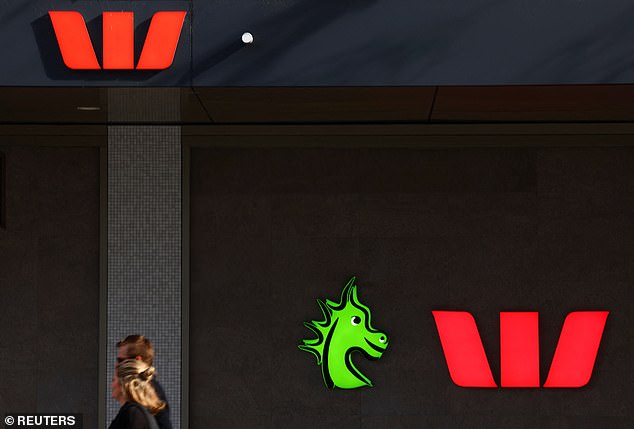Westpac bank sounds warning about Australia’s biggest export iron ore because China now has too much steel
Westpac fears the price of Australia’s biggest export will fall by Christmas this year as China now has too much steel following the collapse of a major apartment developer.
The collapse of Evergrande has led to fewer apartment buildings being built in China and millions of new homes are left empty, creating ghost towns.
The debt crisis plaguing Chinese developers is also expected to reduce demand for Australian iron ore, the raw material used to make steel, meaning less tax revenue for the Australian government.
Iron ore is currently trading at $110 a tonne, but Justin Smirk, senior economist at Westpac, has warned that the price will fall 23 per cent to $85 a tonne by Christmas – a level not seen since November 2022.
According to Mr Smirk, China now has too much steel and is therefore exporting more of it.
“China’s record high steel exports are a concern for the rest of the world and point to an oversupply in the Chinese market,” he said.
‘Overall, demand for steel from China remains weak due to robust crude steel exports, rising steel inventories and continued pressure on steel margins as input costs rise due to falling steel prices.
‘We see little reason to change our long-held view that rising inventories and falling demand will cause iron ore prices to decline in the second half of this year.’
Westpac fears the price of Australia’s biggest export will fall by Christmas as China now has too much steel after the collapse of a mega developer (pictured are unfinished residential buildings in Shijiazhuang, Hebei province)
The World Steel Association said last month that China’s crude steel production fell 1 percent in 2024, based on the smelting of iron ore and metallurgical coal into steel.
Production was also lower in the European Union and North America.
China is facing a steel glut after a Hong Kong court ordered the liquidation of the debt-ridden Evergrande apartment complex in January, reducing demand for iron ore from Western Australia in the country, which is Australia’s largest trading partner.
The Australian government is also pessimistic about the iron price, with the May budget predicting that the spot price will fall to just $60 per tonne in the first quarter of 2025.
“The outlook for trading conditions is highly uncertain, reflecting potential volatility in commodity prices,” the Treasury said in May.
‘Recent developments in the outlook for steel demand in China and a modest improvement in the supply of iron ore and metallurgical coal have led to a sharp correction in iron ore and metallurgical coal prices.’
This followed China’s steel production hitting record highs in 2023 as the country imported unprecedented amounts of iron ore.

Iron ore is now trading at $US110 a tonne, but Justin Smirk, senior economist at Westpac, has warned the price will fall 23 per cent to $US85 a tonne by Christmas this year – a level not seen since November 2022.
While Finance Minister Jim Chalmers delivered a $9.3 billion surplus for 2023-24, a $28.3 billion deficit is forecast for 2024-25 as falling iron ore and coal prices have eroded corporate tax revenues.
Iron ore was Australia’s largest export in 2023, worth $136 billion, or 20 percent of Australia’s exports.
Western Australia produces 98 percent of the world’s iron ore.
According to the state’s Ministry of Energy and Mines, producing one ton of steel requires 1.4 tons of iron ore and 800 kilograms of coal.
Chinese Premier Li Qiang visited Australia last month. The diplomatic mission followed the removal of punitive tariffs on Australian agricultural exports, including wine and barley.
